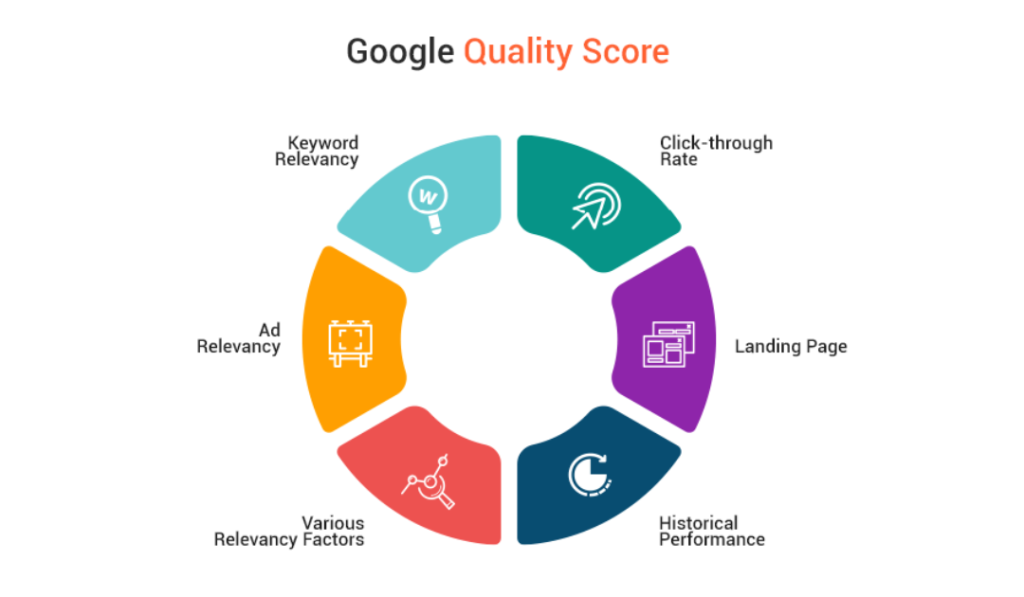
If you’ve run an unsuccessful Google PPC ad campaign, you might be wondering, do people actually click on Google PPC ads? Here’s the answer based on data.
Yes, people do click on Google pay-per-click (PPC) ads. Some users quickly skip over the ads. But on an average day, Google still gets millions of clicks on PPC ads each day as proven by the revenues Google’s parent company (Alphabet) generates annually.
In the first quarter of 2022, Google ads generated $54.7 billion for Alphabet or 58 percent of its total company revenue. And ad revenue is increasing for Google. During the same period in 2021, Google had $44.7 billion in ad revenue.
If people were no longer clicking on Google ads, you wouldn’t see those results. For many clients, the hesitancy around running Google PPC ads surrounds a misunderstanding of the strategy for these ads and a misconception of organic vs. paid activity on the search engine.

Many companies believe that consumers trust organic search results over paid and that they’ll skip over the ads to get to the organic results. However, research from Smart Insights found that only 28 percent of people believe that organic results are more trustworthy than paid.
While it’s true that some people skip ads on Google, it isn’t as prevalent as some companies believe and the reasons behind this vary.
Another confusion for some people is the difference between SEO and PPC. Many believe that these terms are interchangeable and since they’ve invested in SEO, they believe they don’t need to invest in PPC.
SEO is a long game as results often take 6-12 months. And in some industries, that coveted top rank for the most relevant keywords is challenging to achieve due to large third-party sites that have enormous domain authority as unbiased parties. This is common in the software industry due to websites like Gartner and Captera that are challenging to dethrone as the top search engine results.
That’s where PPC can go hand-in-hand with SEO to help you pay for the top search engine results pages you haven’t yet achieved top rankings for or where competition is so fierce, you’ll struggle to make it to the top even with time.
To rank for SEO, you need to have authority and trust, which takes time to establish and requires ongoing strategy including backlinking, traffic increases and careful keyword usage.
Google receives 5 billion search queries each day. As the search engine that has been around for two decades now, it is one that users trust and frequently use to find answers to questions or do research before purchasing a product.
With a worldwide audience, Google helps brands reach consumers everywhere who are searching for answers that your product or service might be able to serve. But don’t worry, you can get picky about the geography you want to serve your ads to by using the audience targeting information.
Additionally, your competitors are likely using Google ads to attract their audience, which means your audience is more likely to select your competition than you because you aren’t showing up at the top of the results.
Another reason why some companies believe that Google ads don’t work is because they tried them, spent thousands of dollars and saw no results. Google ads require careful targeting and attention to detail. Becoming a Google ads expert takes ample time and experience.
Testing and making adjustments based on results is a part of most companies’ strategies when getting started with Google ads. And it’s a fine strategy if you know what you are doing. Starting with extremely broad keywords will likely mean you go through your budget quickly with minimal results.
Broad keywords often lead to showing ads to the wrong audience. You might not realize there are many different ways to search for something. For example, if you operate a local pharmacy, you won’t want to show in search results for “pet pharmacy.” But if you’ve targeted the term pharmacy broadly, you will show for that search query.
Take time each week to review the key terms your ad is displaying for and add negative keywords or change broad keywords to more specific ones once you know more.
When inputting keywords, you have four match types to choose from. These include the following.
You need to first think like your customers to decide their intent. That way you can build your ad copy around that intent. You should be matching your headline and ad copy to the keywords you’re bidding on. But don’t just stuff these content areas with keywords. Instead, think about the pain points your potential customer is facing and then sprinkle in keywords as needed.
So first think like a customer and then add keywords. It’s the same thing you should be doing with your other marketing copywriting. Keywords should never take precedence over connecting with your customers.

Your ad’s quality score is important because it dictates where your ads will rank. Ads with a higher QS receive better placements, especially when there is lots of competition for the keywords you’re bidding on.
Ads with low quality scores simply get fewer eyeballs and lower conversion rates than ads with higher quality scores.
When copywriting for Google ads, don’t forget your landing page. The content there is just as important as your ad copy. You want to ensure a strong user experience once the customer clicks. Think about how well the content answers the pain points or queries that your ad copy spoke to.
There should be a seamless transition between the ad copy and the landing page content. Disconnects between the two will lower your conversion rates.
If you’ve never run a Google ads campaign, all this might feel overwhelming, and you might still be wondering why your previous campaign was unsuccessful. In that case, it’s best to hire an expert. New Light Digital has helped companies in a variety of industries succeed with Google ads. Schedule a free consultation to learn more.
Further reading:
Your informative post has excellent information that will be beneficial to others. Thank you for sharing.